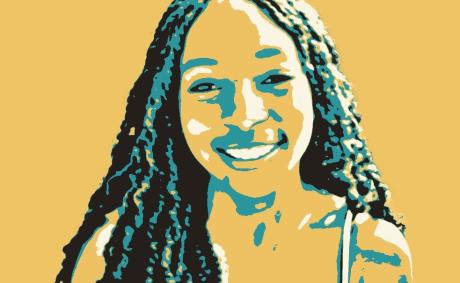Graduating from Duke and venturing out into the real world is supposed to be exciting. Exhilarating, even.
There is all the anticipation of finally being ready to “do your own thing.” And to some extent, that is true. There are no more food points to restrict your options at West Union. There are no ALPs you have to satisfy anymore. And there is no RA to tell you what you cannot do at 3 a.m. on a Tuesday night. All the constraints that come with university life are removed: The Duke bubble is suddenly and ceremoniously popped the moment you graduate.

I thought I would enjoy that freedom. And I do enjoy it, with some caveats. The very same constraints that Duke placed on me, and before Duke, my high school and my parents, provided the sense of structure that I built my life on. I only realized a few months after graduation, after I had given up a class schedule, after I had moved away from my closest friends, and after I realized that I didn’t live near a dining hall anymore, that I craved that sort of structure.
Thus, the first few months of my life in New York were filled with more questions than answers. And coming to terms with the relative randomness of my life – everything from the unpredictability of making new friends and unreliability of the 6 train to the uncertainty of whether I even liked my new job – was difficult.
It brought to mind a paper I had used as inspiration for my final project in my statistics capstone: “Finding Structure With Randomness” by N. Halko, P.G. Martinsson and J.A. Tropp. The paper explores how to construct randomized algorithms that would approximate matrix decompositions – in effect, using the power of trial and error to approximate answers to questions.
"It can be as simple as a workout routine or meal prepping (I’m guilty of using real money at Chipotle like ethereal food points) or as involved as mapping out my social calendar every weekend."
I took this approach to heart, expanding the top of my funnel to find new friends, trying new projects at my job, and generally being open to trying. I realized I had to not only find structure with randomness, but within it as well. Life’s variability is going to throw uncertainty my way and it is up to me to find structure, because no one else will define that for me. It can be as simple as a workout routine or meal prepping (I’m guilty of using real money at Chipotle like ethereal food points) or as involved as mapping out my social calendar every weekend. It doesn’t have to involve introspective rumination, just a recognition that any structure can help me find comfort.
This process has given me confidence: I’m not sure what I’ll be doing or where I’ll be a year from now. But I do know I will try to live a structured life, accepting and embracing randomness.
Nitin Subramanian ’22 is living in New York City and working as a consultant.
DukeMag seeks strong voices for its essay pages.
Submit yours — in 600 words or less — for consideration to DukeMag@duke.edu.



